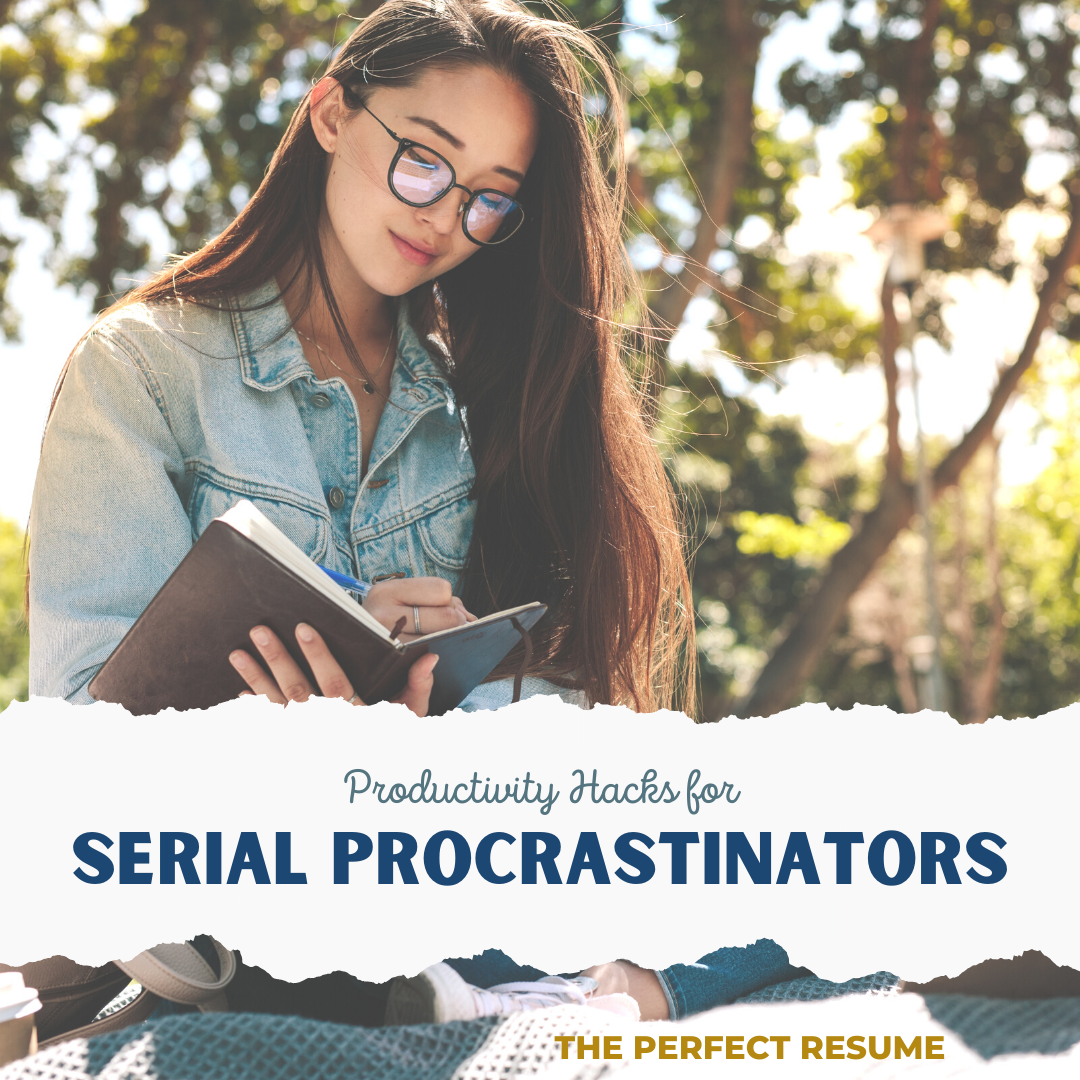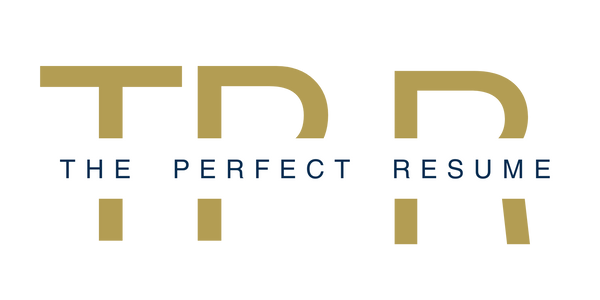
Proven Strategies to Build the Best Resume and Boost Productivity
Imagine, you have Seek or LinkedIn open in front of you. You’re scrolling through jobs from various employers and favouriting the ones you like, because let’s face it, applying for them one by one takes forever!!! Deep down, you feel like you are wasting your time, because you have applied for 50+ jobs and been unsuccessful for all of them! So what’s the point? Unlock the secrets of job market success with our comprehensive guide. Learn how to build the best resume that stands out to employers, and discover effective productivity hacks to overcome procrastination. Elevate your job search and career growth with expert tips from The Perfect Resume and Asset College. Start transforming your professional journey today!
Mastering Job Success: Proven Strategies to Build the Best Resume and Boost Productivity
You look over and see your phone with notifications beckoning, you pick it up.
‘Just a quick check of Instagram’, you tell yourself and open the app.
Thirty minutes later...
You’ve watched three recipe videos, two cute animal videos and a bunch of viral Tik Tok challenges and you’re no closer to landing an interview.
Does this sound familiar? If it does, you’re not alone. 20% of people self-identify as procrastinators.
We’ve all been guilty of it. Maybe it’s not social media for you but news sites or pondering an upcoming holiday.
Whatever it might be, it is impacting your work.
But don’t worry, here are some great tips to build the best resume, increase your productivity and stop scrolling on your phone.
Firstly, contact The Perfect Resume to build the best resume!
We can help you solve your original problem of not getting interviewed for the jobs you are applying for. With a modern, quality-driven, and applicant tracking system compliant resume, we increase your chances of landing an interview from the industry standard of 2.6% (according to Seek) to 96% based on actual client data. Once you have us build the best resume, follow the following tips to quit procrastinating in general!
Do your hardest tasks first
When we put off the big project work, we make it harder on ourselves.
If there is a large task looming, it will overshadow all the smaller tasks you’re trying to work through. Allowing the big project to grow in your mind as something insurmountable.
If the task feels too big don’t let that stop you from starting.
Try this trick – tell yourself you’ll work on the project for five minutes and then you can take a break or switch projects.
Tricking your brain into getting started means you’ll feel like you don’t have a big block of work to finish. But once you start, you’ll build momentum and get on a roll. Making it easier to continue the project when the five minutes is up.
Work on your time management
If you struggle to estimate the amount of time different tasks will take, you might have some time management problems.
We can all be guilty of under-estimating our task timelines but there’s a good trick to combat this.
Keep a notepad next to you. Note when you start tasks and when you complete them. This will give you a clearer picture of how long different types of tasks take you to complete.
From there, you will be more effective in scheduling your time for the work that needs to be completed.
This will also help you establish your most productive times of the day. Then, you can schedule your most intensive tasks for these times.
Find your best hours of the day
Have you always been a morning person? Do you wake up early and find your brain is sharpest when you get up? Or are you someone who comes alive in the afternoons and evenings?
Each person is different, but we all have windows of high productivity. For some it’s 6am -10am or others 2pm – 6pm.
Keeping a log of your work tasks and the time it takes you to do them will help to reveal the times of day when you are at your most productive.
Once you understand your best hours in the day you can schedule difficult tasks or the projects that need big picture thinking for these hours.
Fill your other hours with simpler, smaller tasks. This is effective time management.
Follow the 5-minute rule
When you set up for your day and start allocating tasks, it’s important to follow the 5- minute rule. That is, if the task will take five minutes or less don’t schedule it, complete it now.
The time and energy to schedule small tasks is often greater than the time it would take to do that task.
If you see an email that needs a quick response, get it out the way. Don’t waste time planning to respond to it later.
Schedule in Do Not Disturb periods
Notifications popping up on your emails or your phone will distract you. Even if you don’t respond right away.
Instead of letting your computer and phone notifications go off all day, pick a chunk of time when you’ll go on airplane mode. This is when you will concentrate on a big project.
The notifications will still be there when you switch it off. Having them interrupt your train of thought will only distract you.
Pick your three essentials each day
Every day pick three priority tasks that you will complete and focus your energy on those tasks.
This helps to combat the overwhelm of long to do lists that never get finalised.
While each task on your to do list might be important, remember Stephen Covey's 4 quadrants. Breaking it down and focusing on priorities will mean that you do the things on the top of your list quicker and find time to get to the little things later.
Set scrolling time limits
If you find yourself scrolling through social media or unrelated sites during your work hours, it’s likely to affect your focus and productivity.
Combat this by setting time limits on your scrolling. If you are going to take a break and check your phone, tell yourself you have 10 minutes. Set a timer to go off, then you get some scrolling in, but you’ll have a prompt to stop.
Break the project down
Sometimes big projects can feel overwhelming, and it can be difficult to know where to start.
You can get through this by planning it out and breaking the project down into smaller more achievable tasks. Everything has a time limit. So, set deadlines for each task and you’ll know you’re on track to finish the project in time. Instead of one large task you’ve completed many smaller tasks that will all add up.
Practice simultaneous workflows
Multi-tasking can be difficult and often not very effective. But, for most of us it’s still a part of our everyday lives. Make multi-tasking work for you by having simultaneous workflows. If you have the smaller tasks outlined for each larger project, you can swap between them without losing your momentum. This means you’re using each window of time you have effectively and leads to a more productive day.
Take your break
With the mounting workload many of us face, it’s tempting to skip our lunch break. But, working through a break at our desk is a mistake.
Your lunch break is your time to recharge, step away from your desk, go outside for a few minutes of sun, listen to some music or a podcast and let your mind wander.
When you come back, you’ll be more productive as you’ve had time to recharge and bring a fresh perspective to your work.
While we’re all prone to procrastination, these productivity hacks will help you get the most out of each day by working smarter and using effective time management.
If you are looking to fill in some of your time by investing in your self-development, Asset College has delivered quality, hands on, professional training since 2006, focusing on flexibility and real employment outcomes. The Asset College team offer you real-life skills to enhance your knowledge, empowering you to start a new career, advance in your current role or receive recognition for your existing expertise. Get in touch with them now!
Other Blogs That May Help to Build the Best Resume
|
Here's Everything Candidates Need To Know About An Applicant Tracking System |
|||
|
|
|
|
|



